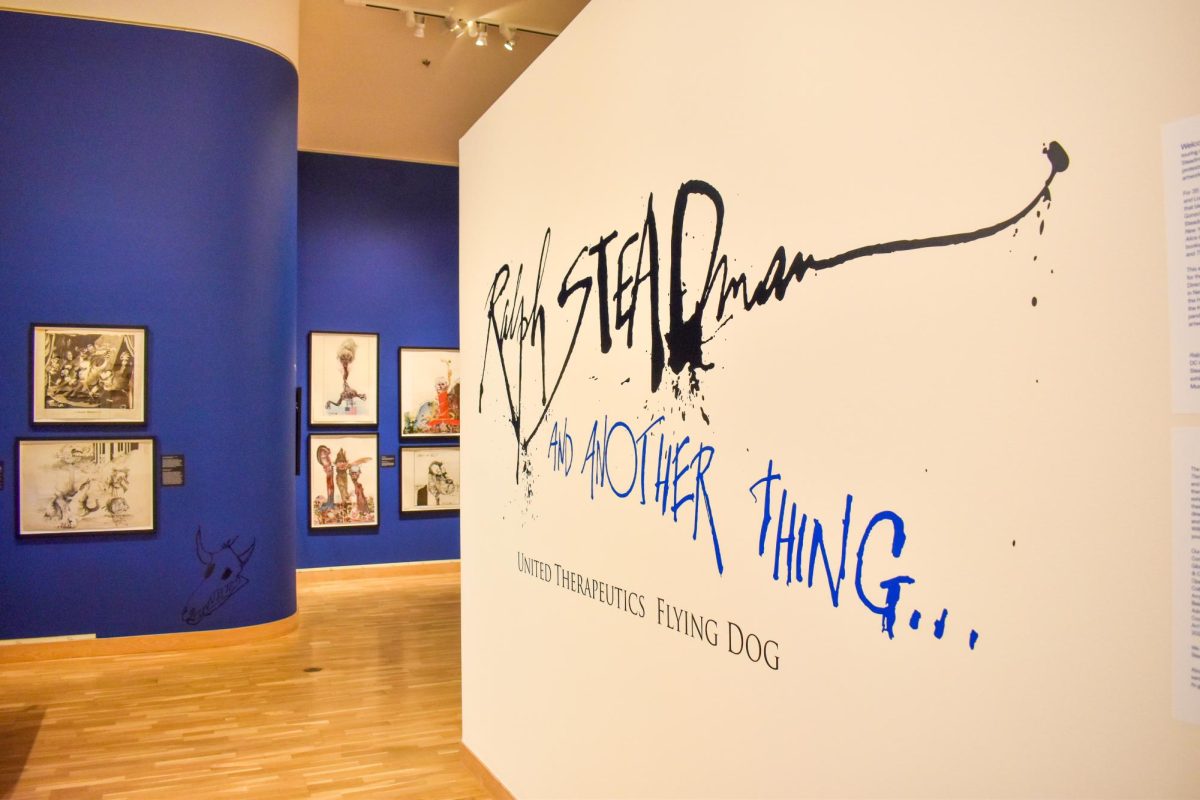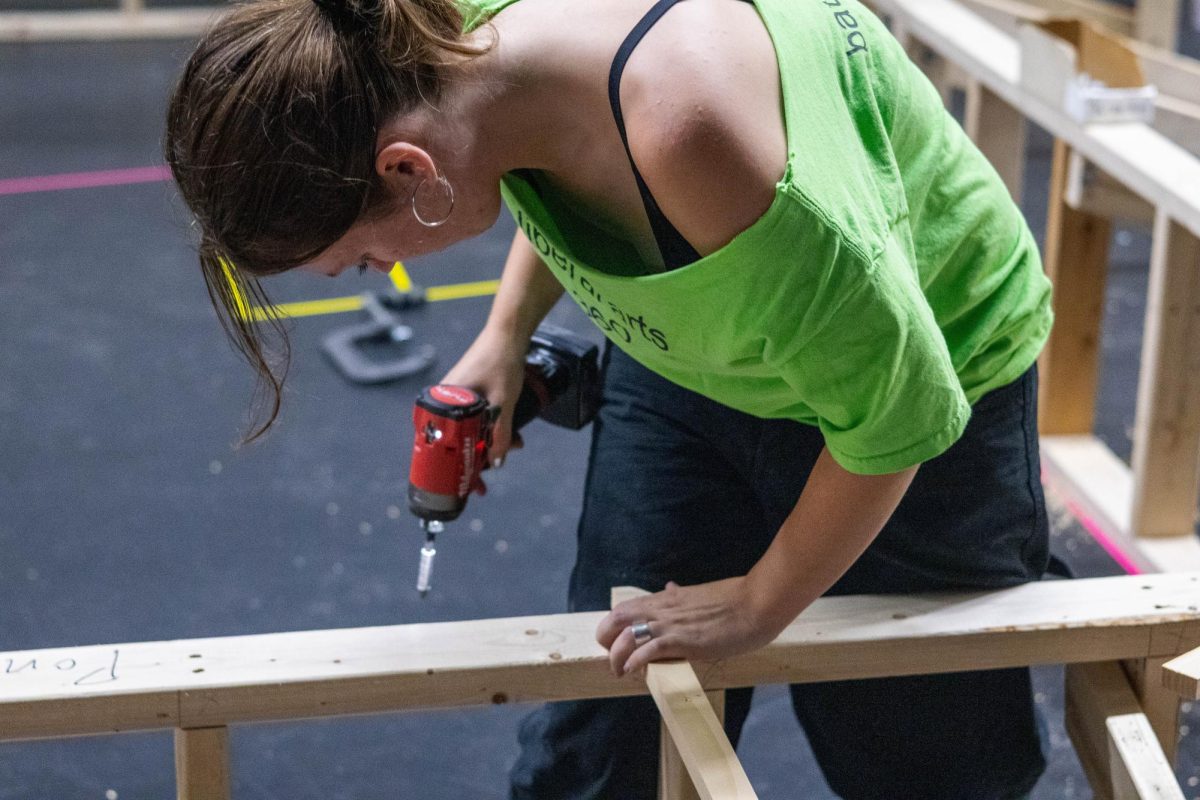 From the real-life stories of Elie Wiesel’s Night and Anne Franks’s diary, many accounts of World War II feature real-life survivors of the Holocaust who fought against enslavement in the concentration camps. The heroine of “The Thinking Heart,” however, made the unusual decision to enter the camps by choice.
From the real-life stories of Elie Wiesel’s Night and Anne Franks’s diary, many accounts of World War II feature real-life survivors of the Holocaust who fought against enslavement in the concentration camps. The heroine of “The Thinking Heart,” however, made the unusual decision to enter the camps by choice.
“The Thinking Heart: A Performance in Two Voices with Cello” is a musical reading of poetic variations written by Martin Steingesser, who was inspired by the profoundly poignant life-story of Etty Hillesum.
Etty was a young Dutch woman who chose the concentration camps over liberation during World War II to remain with her people and family. Despite harsh conditions and the devastating horror of the Holocaust, Etty’s enduring compassion and earnest optimism shines through her extant journals and letters, which have been collected in the book An Interrupted Life.
It was from these written accounts that Steingesser drew his inspiration. While reading her words, Steingesser says, “poems started to leap out at me.” The performance featured the voices of both Steingesser and Judy Tierney, accompanied by the cellist Robin Jellis. It was presented on the part of the Bates College English and Theatre departments and as a continuation of the Language Arts Live initiative.
The performers took to the stage, a single bell chimed, and the story, described by Steingesser as a sequence of still-life moments in Etty’s life, began in Amsterdam.
The harmonious verses of the piece portrayed the sensuous beauty of human life seen through Etty’s eyes; eyes that opened themselves fully to a passionate vision of nature and writing.
A particularly moving line read, “I poured out the tenderness,/all the tenderness/one cannot express/even for a man one loves./I poured it all out/into the great, all-embracing spring night.”
In the face of great suffering and risk, Etty endured the camps to bring her love and support to others. Jellis’ cello provided a vivid pathos as its deep strains evoked mourning, melody, and emotions as tangible as a racing heartbeat, the suspended notes of an instant. Stories of Etty’s young love life in Amsterdam flowed seamlessly into the food shortages and sicknesses of the barracks, but Etty’s eyes never forgot the beauty of a blue sky. Steingesser and Tierney’s voices shared in perfectly pitched evocations.
The last communication of Etty Hillesum was found beside the rails of a train track that carried Etty and her family away to another concentration camp in September of 1943. Etty died in Auschwitz. She was twenty-nine years old. The performance was followed by a discussion of the experiences of both the audience and the performers.
“I really liked the performers; it was evident that each one of them had a close connection to Etty, to the piece as a whole, and to each other,” said sophomore Julianne Hopkins. “They really made the performance come alive with their passion for this project.”
Another audience member, sophomore Juwon Song, observed, “Somehow, with the music, you could visualize Etty and her life situation more and relate to her as someone who actually lived.”
Other members of the audience were moved to relate their active interests in writing to the writing expressed by Etty in her letters.
It is such performances and efforts on the part of writers and artists that help keep alive stories that should never be lost to history. Etty’s message reaches out and touches an audience seventy years after her tragic death. Her experiences are preserved and memorialized by such words and music.
“The Thinking Heart” is poetically musical and musically poetic. It is the love song of one woman’s compassionate heart: a strength of spirit conveyed by music and an ardency for nature and humanity poured into poetry.








